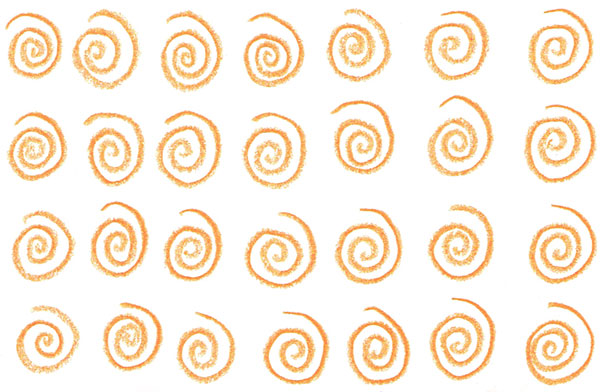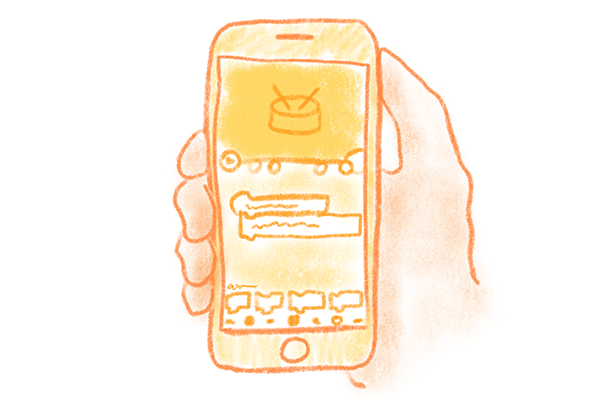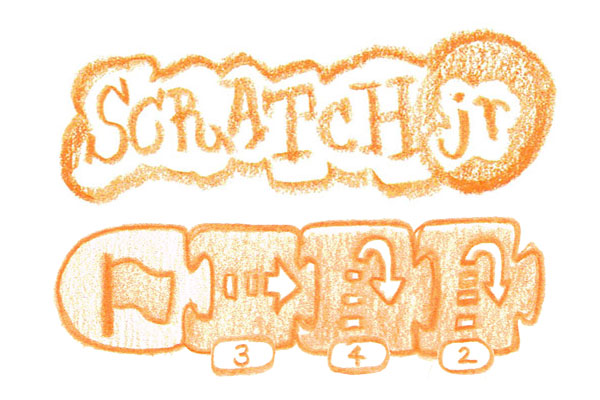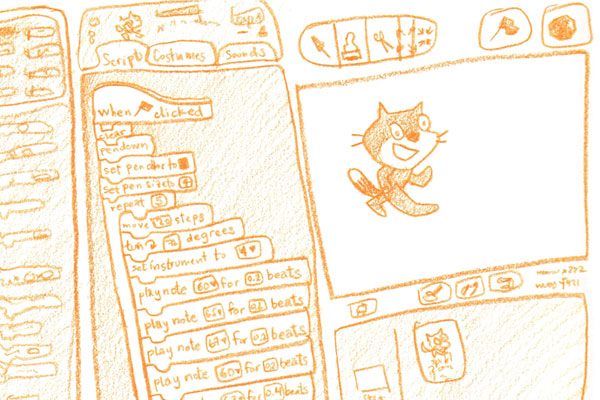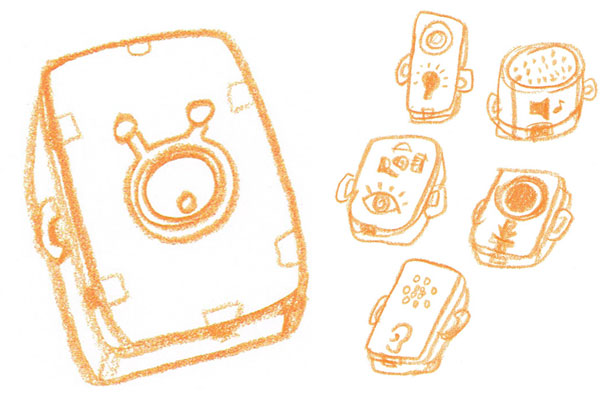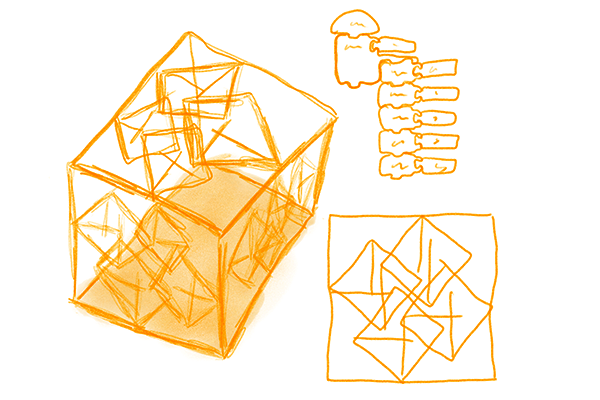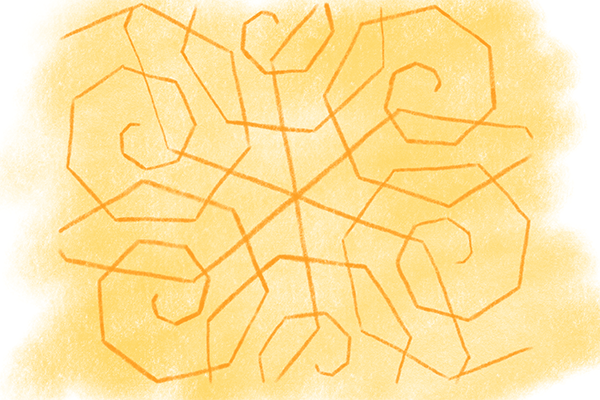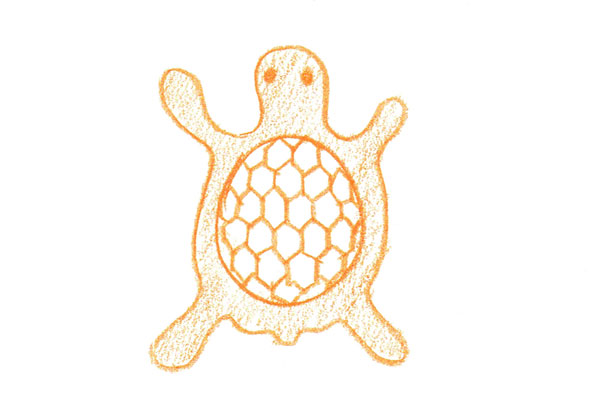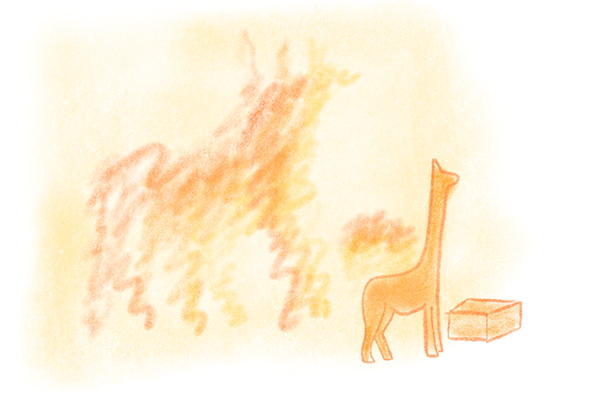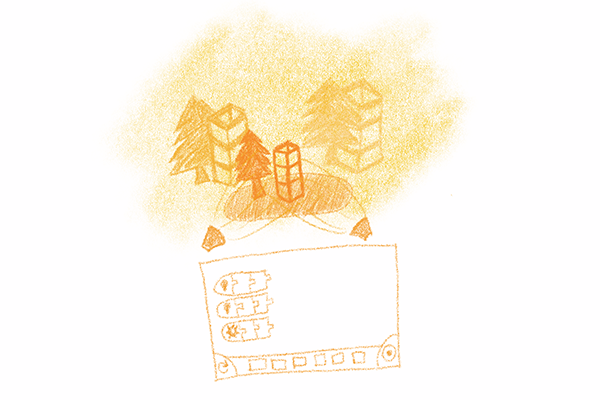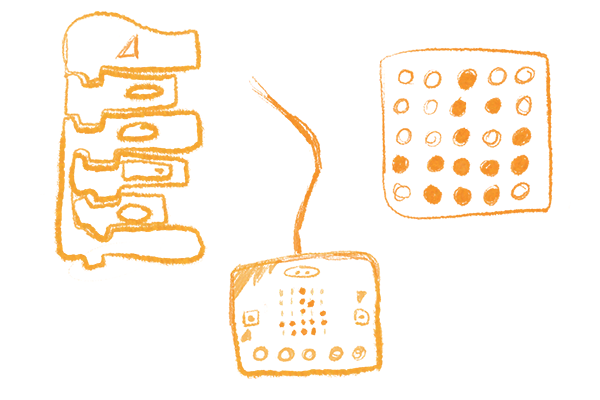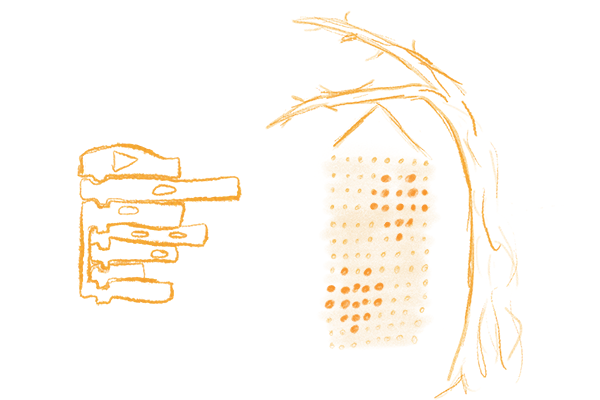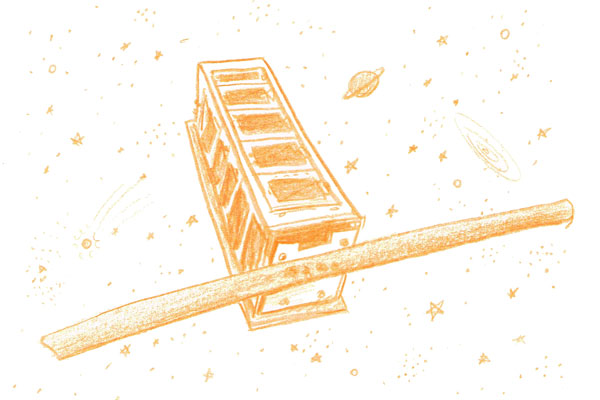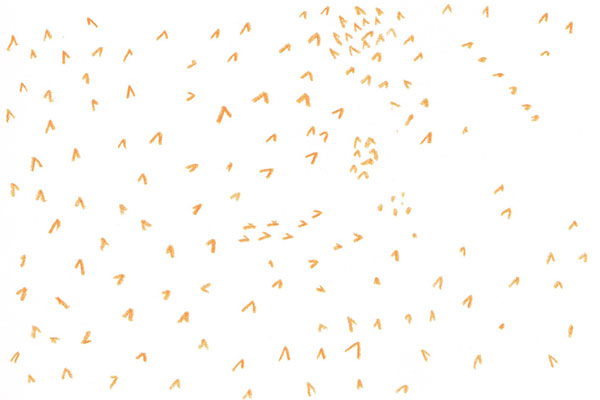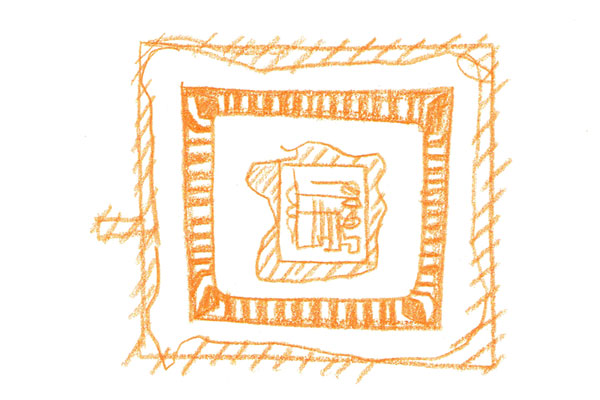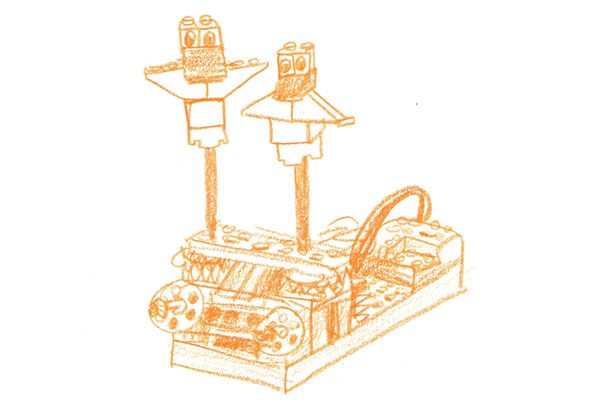Our Projects
Since the early 1980s, we have been developing new technologies and activities that engage children in creative learning experiences, providing them with new opportunities to explore, experiment, and express themselves.
Click the links below to learn about some of our projects and playful inventions. Some were simply side projects that took on a life of their own, while others have grown beyond our expectations.
TurtleArt
Inspired by the Logo programming language, TurtleArt is designed for children and adults to make images while exploring geometry and programming.
OctoStudio
OctoStudio transforms how children use mobile devices, enabling them to create their own stories and games anytime anywhere. Children can take photos and record sounds, bring them to life with coding
ScratchJr
A version of Scratch especially designed for children aged 5 to 7. It was developed in collaboration with the Lifelong Kindergarten group at the MIT Media Lab and the DevTech Research group at Tufts U
Scratch
Scratch is a graphical programming environment that enables kids ages 8 and up to create their own interactive stories, games, animations, and simulations.
The PicoCricket Kit
An invention kit that integrates art and technology to spark creative thinking in girls and boys 8 years and older.
Digital Fabrication
We want to encourage people to make art with code, we also want to be able to take that art from the computer screen and make it into something tangible. There’s a magic involved in going from the scr
ArtLogo
ArtLogo is an app that lets you create images. It has a Turtle that follows a sequence of commands written in Logo programming language. The Logo commands can tell the turtle to draw lines and arcs, d
Logo
Logo is a programming language developed in the 1960s for educational purposes. It has been used by tens of millions of kids around the world.
LightPlay
In 2016, the Playful Invention create an iPad app for the LightPlay project. LightPlay explores the concept Computational Tinkering is a playful approach to supporting making and tinkering with digita
Shadow Coding
In 2019, the Playful Invention Company teamed up with the Montreal Science Centre to create an interactive, coding based exhibit called “Code des Ombres” (Shadow Coding). The exhibit consists of progr
Art:bit
The art:bit is an app that helps the user create imaginative LED animations and was designed primarily to help young students learn the basics of programming and animation.
Tivoli Lights
Animated light displays designed by students in Denmark and done in collaboration with Google CS First and the Tivoli Gardens in Copenhagen.
SunSlicer
SunSlicer is an innovative, miniature, low power, versatile, TRL7 flight ready XRAY spectrometer with custom packaging and thermal design to adapt it for a harsh, miniature rover-deployed lunar enviro
Cellular Automata
Cellular Automata is not a product as much as it is an idea. Brian then invented the rule that became known as Brian’s Brain.
History of Computing
A project to preserve, study and document historic computers. Some of this work is in museums.
Collaboration with LEGO
We maintain an ongoing relationship with the LEGO Company, collaborating on LEGO MINDSTORMS, LEGO WeDo, LEGO Universe and LEGO Modular Playware Technology.

